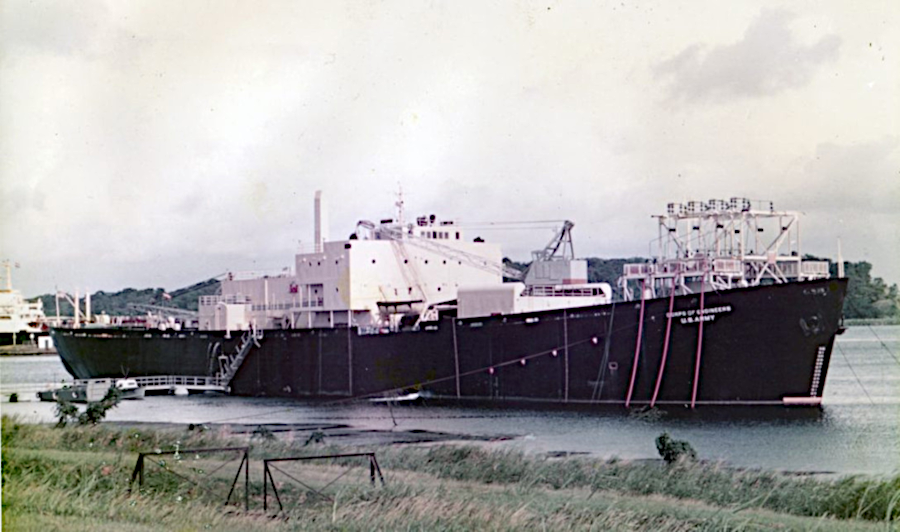
the MH-1A (Mobile, High Power, Field Implementation) nuclear reactor was incorporated into a new center section for the former WWII Liberty Ship SS Charles H. Cugle
Source: US Army Corps of Engineers, MH-1A, STURGIS Nuclear Barge

the MH-1A (Mobile, High Power, Field Implementation) nuclear reactor was incorporated into a new center section for the former WWII Liberty Ship SS Charles H. Cugle
Source: US Army Corps of Engineers, MH-1A, STURGIS Nuclear Barge
The US Army desired quick access to electricity at forward bases, and lower-cost energy at isolated facilities. Building a new plant to generate electricity at such locations was not feasible or cost-effective, but a portable modular facility was an enticing possibility in the 1950's and 1960's.
There were plans for placing nuclear reactors on trucks, but the most successful mobile reactor was put on a ship.
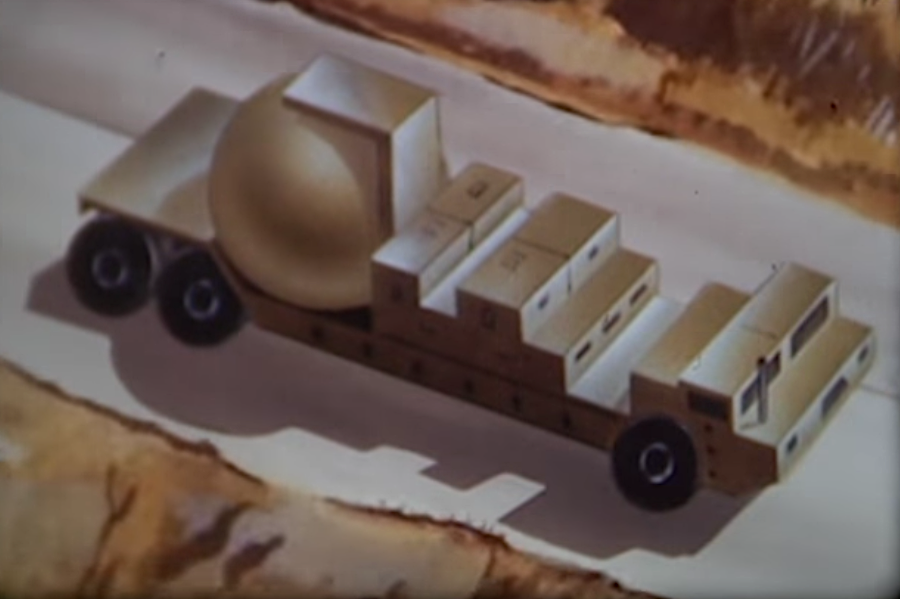
the US Army envisioned putting a small reactor on a truck
Source: Army Nuclear Power Program, 1963
The Army Nuclear Power Program tested its last nuclear power plant in Virginia, before funding was redirected away from the long-range initiative to support the Vietnam War.
Source: US Army Corps of Engineers, Army Nuclear Power Program, 1963
The MH-1A reactor was capable of producing as much as 45 megawatts. It was installed in the World War Two Liberty ship SS Charles H. Cugle. That ship was renamed the USS Sturgis after the recently-deceased Chief of the US Army Corps of Engineers.
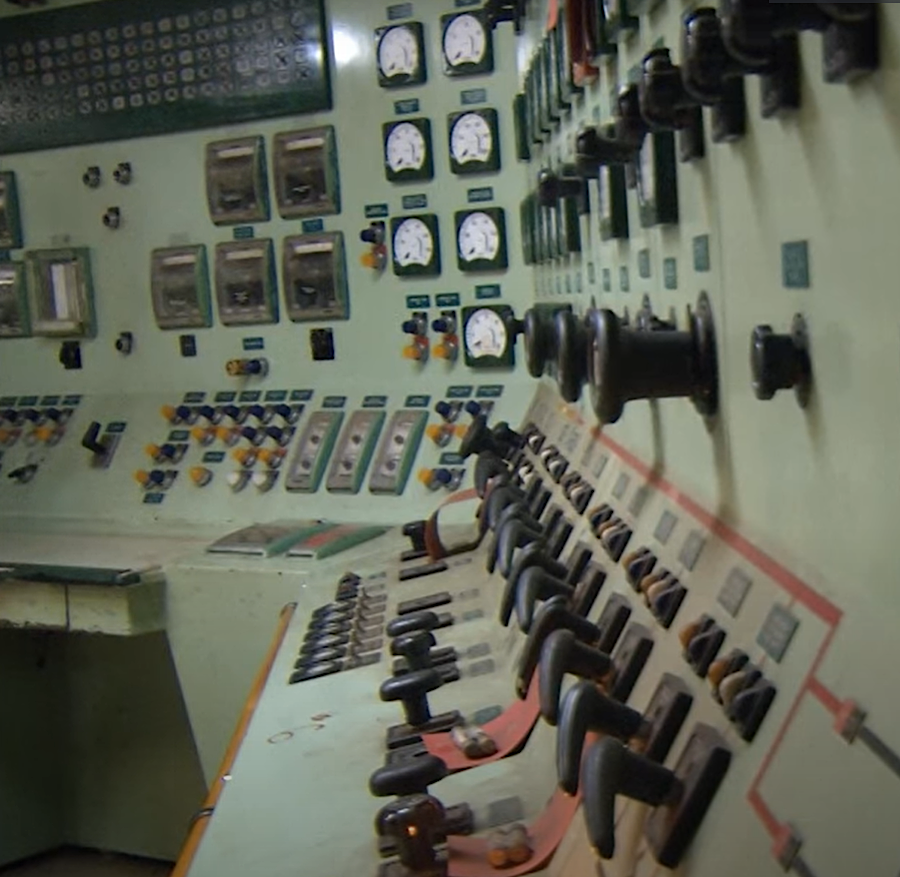
the USS Sturgis and its MH-1A Nuclear Reactor were completed with analog dials and mechanical switches, prior to the computer age
Source: GUS Army Corps of Engineers, STURGIS barge
The propulsion system of the old SS Charles H. Cugle was removed, and a new midsection with the reactor containment structure installed at a shipyard in Mobile, Alabama. The new "midbody" included a massive concrete wall surrounding the reactor. That served not only as a radiation shield, but also as protection against a collision with another ship.
Source: US Army Corps of Engineers, MH-1A STURGIS Construction Report
Source: US Army Corps of Engineers, MH-1A STURGIS Dockside Testing Report
The USS Sturgis was towed to Gunston Cove on the Potomac River, where the reactor was installed. In the conversion of the old Liberty ship, the US Army created a floating nuclear-powered barge.
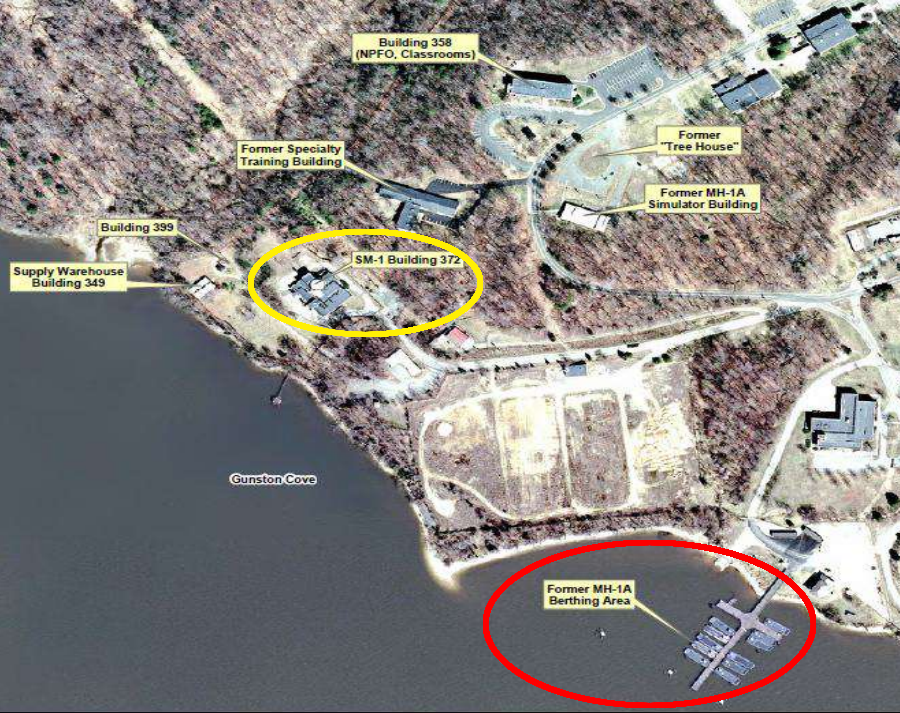
the USS Sturgis was berthed at Fort Belvoir (red), near the SM-1 Nuclear Power Plant and Reactor (yellow)
Source: General Services Administration, Solicitation W912DR18R0021 SM-1 Final
After a successful test of the reactor, the USS Sturgis was towed to the Panama Canal. There, nuclear-generated electricity replaced output from a hydropower plant, conserving the water in Gatun Lake. Instead of releasing water from the lake for hydropower, it was used in the Gatun Locks for additional ship transits through the canal. The locks were busy with trips that supported the US military's efforts in Southeast Asia during the Vietnam War.
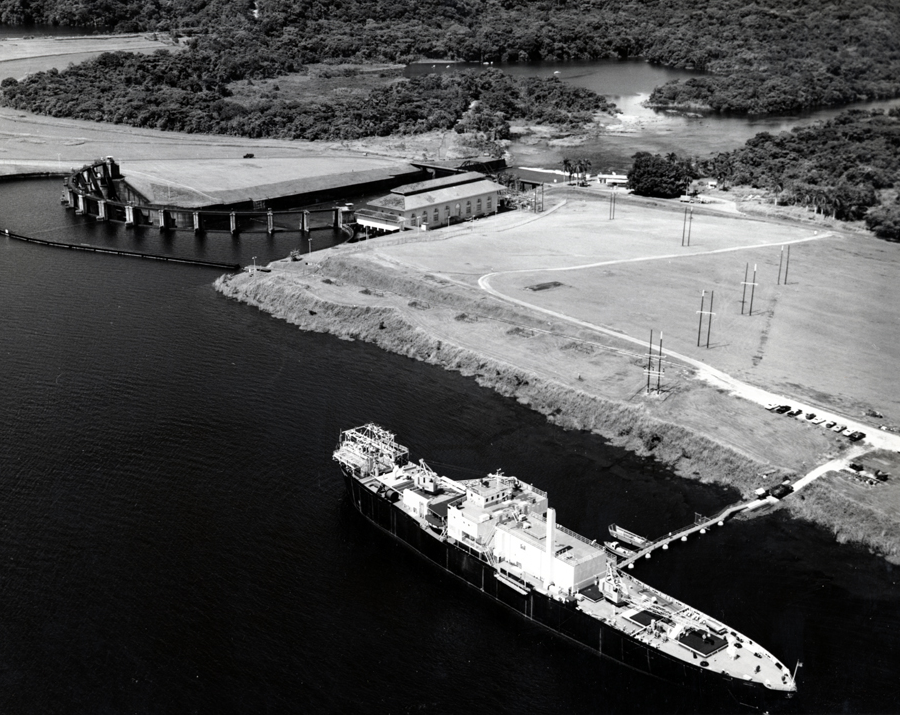
the USS Sturgis was used to provide electricity at the Panama Canal
Source: Army Engineer History, Floating Nuclear Power: The MH-1A Sturgis
The USS Sturgis operated at the Panama Canal as a 10-megawatt floating power barge from 1968-1976.1
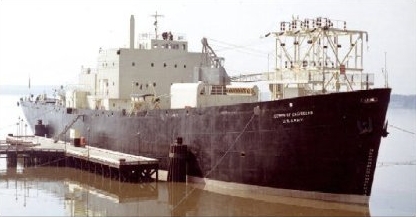
USS Sturgis with MH-1A nuclear power plant, operating in the Panama Canal Zone
Source: Panama Historical Society Facebook page
The USS Sturgis was towed back to Belvoir in 1977 after the Vietnam War ended, but the ship was damaged during the trip by a storm. The radioactive fuel was removed from the MH-1A reactor and the ship was placed in the James River Reserve Fleet in 1978, where residual radiation decayed for 37 more years.

the reactor replaced the propulsion system of the USS Sturgis, converting it into a floating nuclear power plant
Source: Army Engineer History, Floating Nuclear Power: The MH-1A Sturgis
The Deactivated Nuclear Power Plant Program (DNPPP) had responsibility for the USS Sturgis. In 2015 the ship was removed from the "Ghost Fleet" and towed to Galveston, Texas for decommissioning, with a last trip to Brownsville for final scrapping. The contractor chose to do the work in Texas, rather than at alternative sites authorized through the Environmental Assessment at Baltimore, Norfolk, or Charleston. The Corps of Engineers awarded a $35 million contract to to decommission, dismantle and dispose of the ship.2
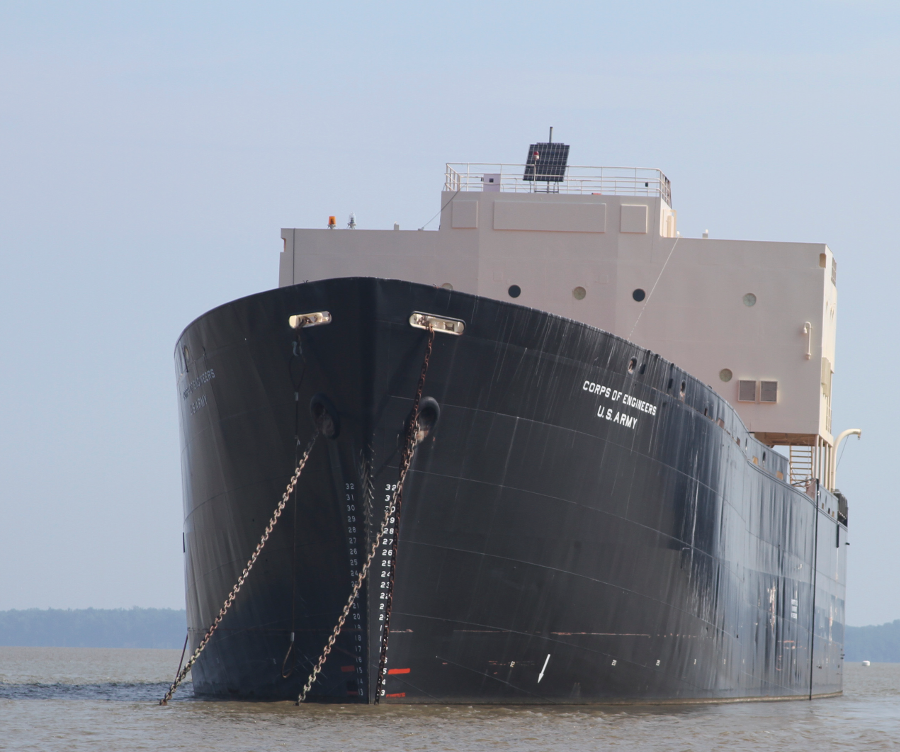
the USS Sturgis, mothballed in the Ghost Fleet
Source: US Army Corps of Engineers, STURGIS leaving the James River Fleet after 37 years
As the world's first floating nuclear power station, the USS Sturgis was eligible for nomination to the National Register of Historic Places. Scrapping the ship was clearly an adverse action, but the US Army Corps of Engineers determined that the residue of the ship, after removal of the components with low-level radioactivity, would not be suitable for preservation:3
Source: US ARmy Corps of Engineers, STURGIS barge
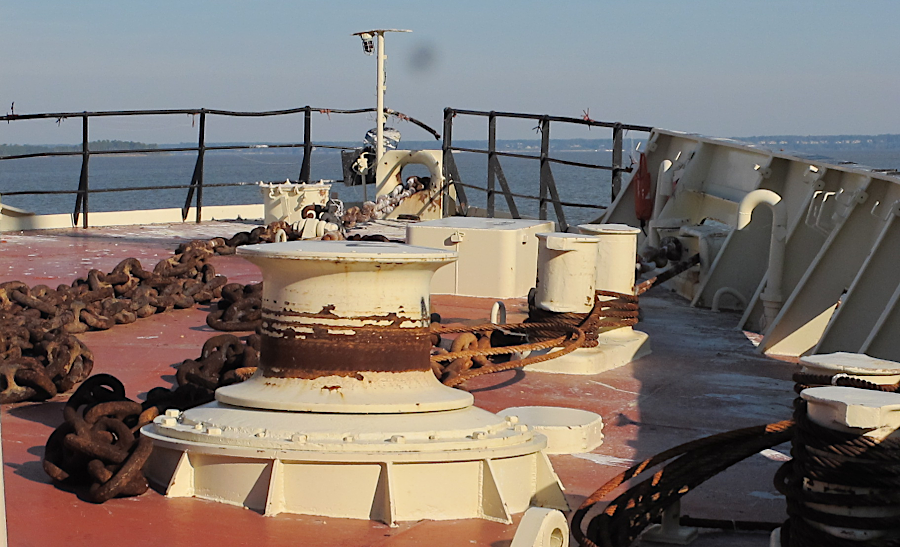
2011 view from the USS Sturgis deck, while in "Ghost Fleet" in James River
Source: Army Engineer History, Shutdown and Legacy
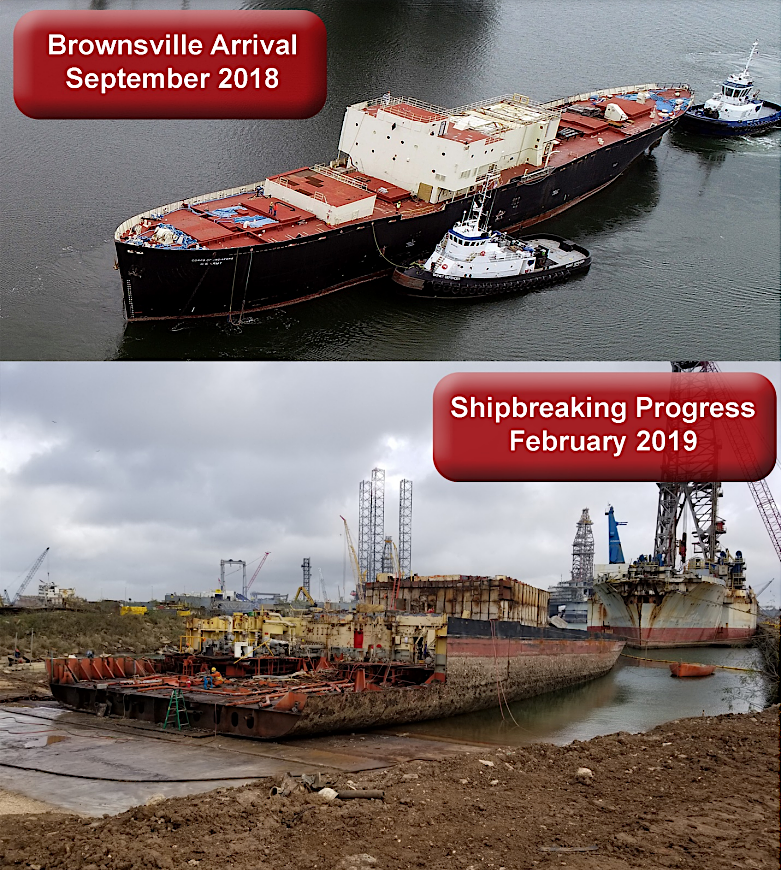
the USS Sturgis was recycled in Brownsville, Texas in 2019
Source: US Army Corps of Engineers, STURGIS Project Update, March 15, 2019
In 2023, there was one floating nuclear power plant comparable to the USS Sturgis. The two small modular reactors on the Academik Lomonosov supplied 70 megawatts of electricity to the Arctic port town of Pevek in Russia. Russia has three nuclear-powered icebreakers which use the same type of reactor.
Rosatom, a Russian state corporation, is planning to expand the floating nuclear power plant program. It calculated that construction of he small modular reactors at one site, followed by deployment by ship to various locations, would be a profitable business.4
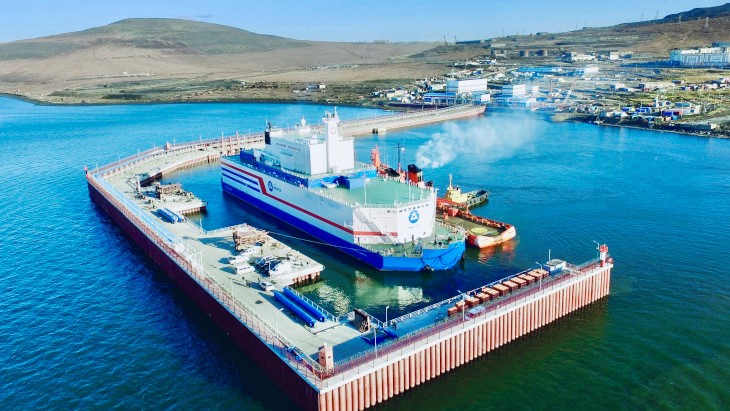
in 2023, the Academik Lomonosov was the only floating nuclear power plant in the world
Source: World Nuclear News, More nuclear heat for Arctic town
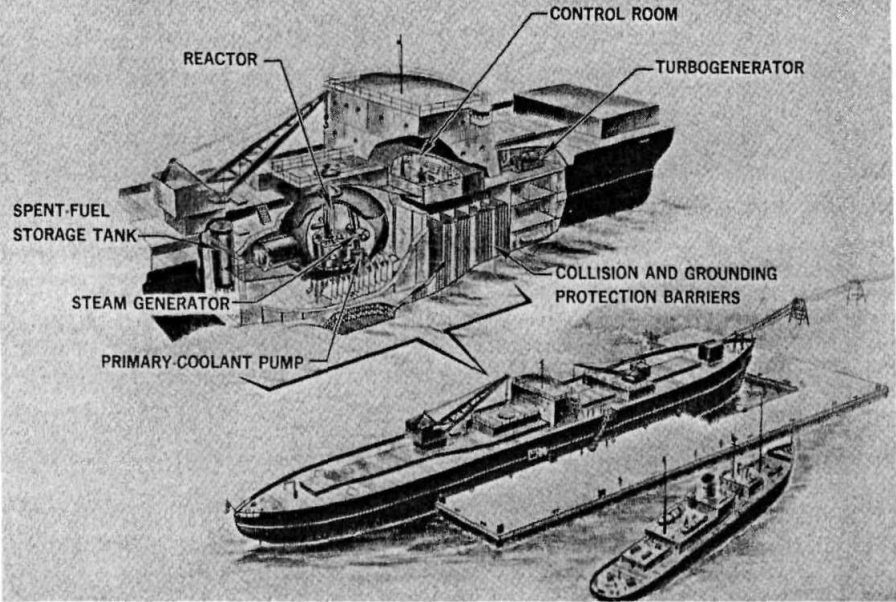
the USS Sturgis transmitted electricity via cables from the bow
Source: US Atomic Energy Commission, Power Reactors In Small Packages (p.21)
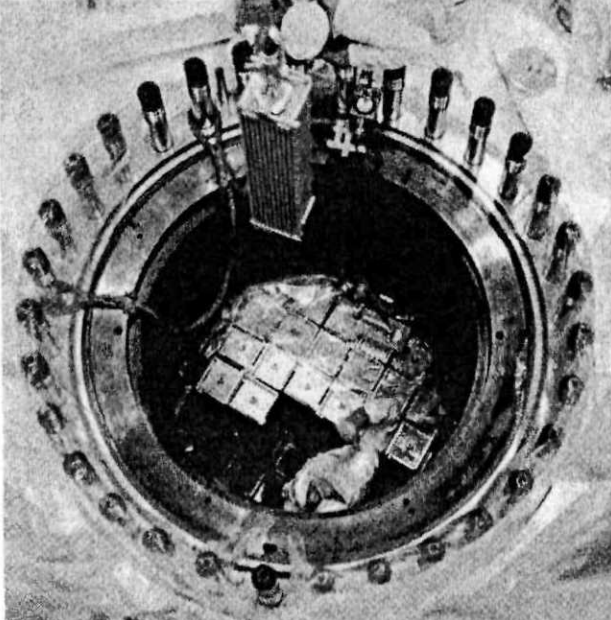
nuclear fuel inserted into the USS Sturgis reactor was packed in rectangular components
Source: US Atomic Energy Commission, Power Reactors In Small Packages (p.21)